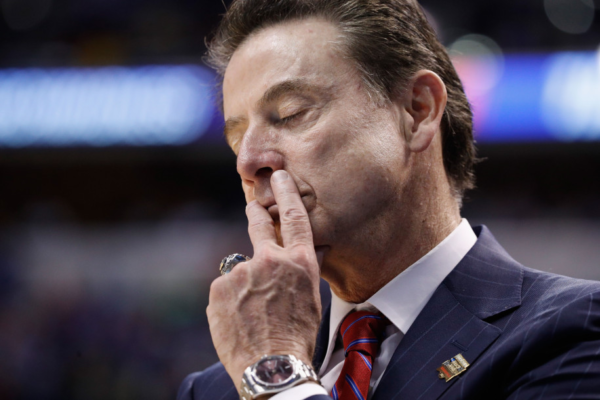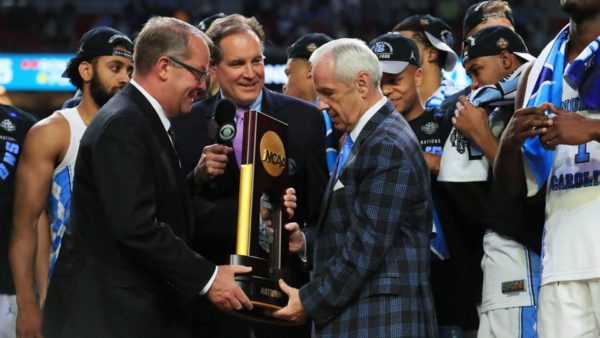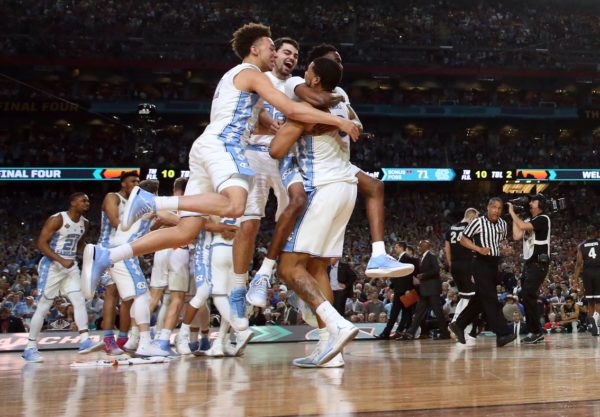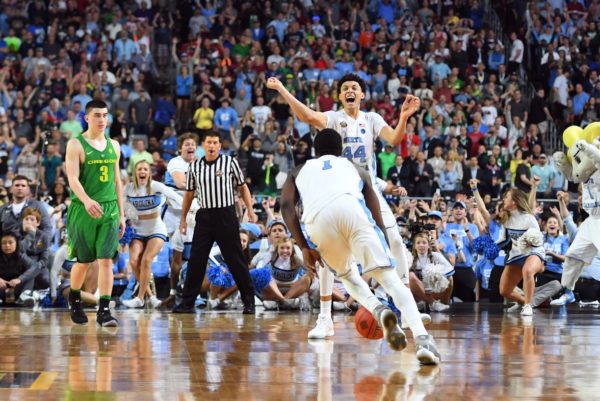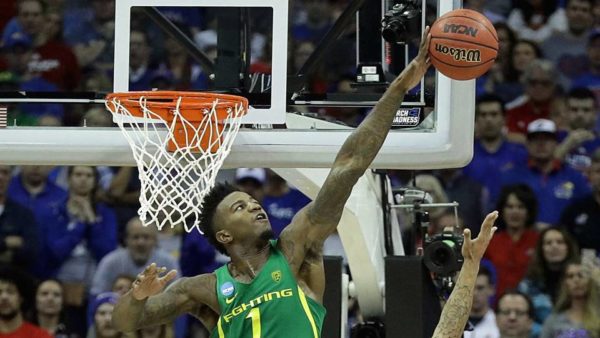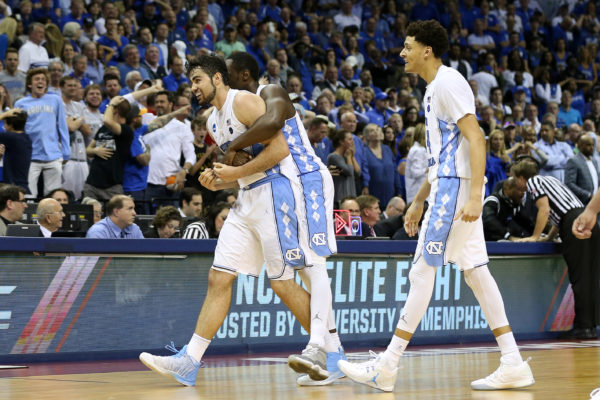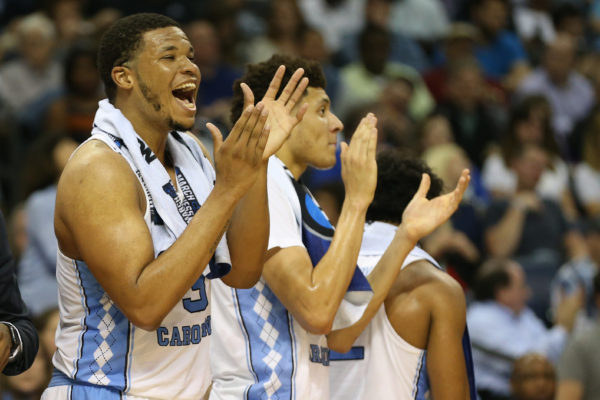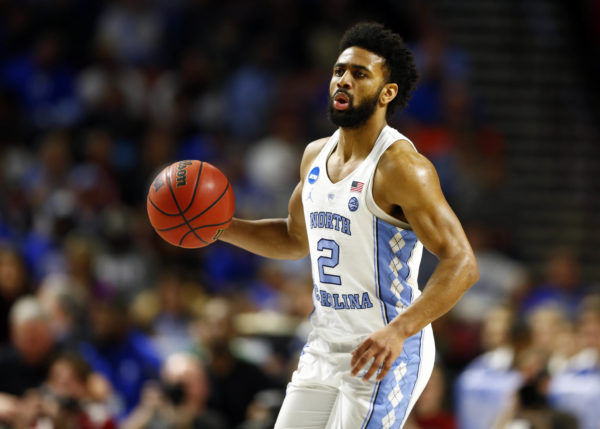Posted by Bennet Hayes on March 29th, 2017
Now that we’re down to the Final Four, let’s take a deep dive into each of the four remaining teams. Today: North Carolina.
How North Carolina Got Here

North Carolina is back in the Final Four (Photo: Nelson Chenault-USA TODAY Sports)
South Region Champions. This North Carolina run to the Final Four was equal parts exceedingly easy and excruciatingly difficult. The Tar Heels posted the largest margin of victory in the opening round against Texas Southern, but needed to overcome a five-point deficit in the final three minutes to escape Arkansas just two days later. The Sweet 16 brought a return to relaxation for Heels fans, as UNC exploded out of the gate en route to an “it-wasn’t-even-that-close” 12-point win over Butler. The final step was the hardest, however, as familiar Elite Eight foe Kentucky played the Heels even for 39 minutes and 59.7 seconds. Those finals tenths of a second are now history, of course, as Luke Maye propelled Carolina to another Final Four with his dramatic game-winner.
The Coach
Roy Williams. The UNC head man owns all eight of the career Final Four appearances (prior to this one) among the quartet of coaches still alive. He also earned a rare bit of praise for his timeout-avoidant tendencies last weekend, as it was Roy’s reticence to stop his offense that allowed Carolina to race down the court and beat an unsettled Kentucky defense for Maye’s game-winner. Few, Altman, and Martin have all been around and are respected coaches, but Williams’ experience sets him apart from his peers on the opposing sidelines in this Final Four. Whether or not it proves decisive is anyone’s guess, but Carolina fans should feel comfortable in the knowledge that Williams knows both his team and this stage better than anyone.
Style
The speed and efficiency of Carolina’s offense is well known as a Tar Heel strength, and deservedly so. UNC ranks 6th nationally in overall offensive efficiency, leads the country in offensive rebounding percentage, and has no problem playing fast, finishing possessions in an average of 15.4 seconds (22nd quickest in the country). The balanced Tar Heel offense is headlined by AP All-American Justin Jackson (18.2 PPG, UNC-record 99 3PM), but fellow upperclassmen Joel Berry II, Kennedy Meeks, and Isaiah Hicks all join Jackson in averaging double-figure points per game. It’s an explosive offense, surely, but UNC’s success has been predicated off work on both ends of the floor. Amazingly, Williams’ bunch has been able to slow opponents down even while playing offense at a breakneck speed: Carolina foes average 17.8 seconds per possession, good for 272nd slowest in the nation. The underrated Tar Heel defense was on display in the South regional final against Kentucky, as Jackson and company harassed Malik Monk and De’Aaron Fox into a combined 9-23 shooting from the field. A similar assignment will await in Phoenix, as Dillon Brooks and Tyler Dorsey are likely to draw the bulk of the Carolina defensive attention. On paper, there’s no reason why Carolina, the 17th most efficient defensive team in the nation (one slot above Oregon), won’t be up to the challenge.
Read the rest of this entry »
| 2017 ncaa tournament, feature, final four fact sheets
| Tagged: joel berry, justin jackson, Kennedy Meeks, luke maye, north carolina, roy williams, south region, Tony Bradley
Share this story






























